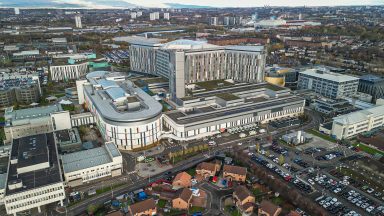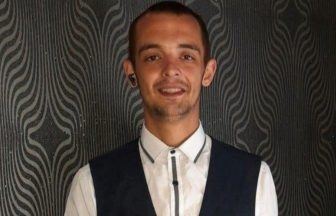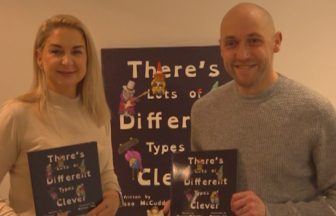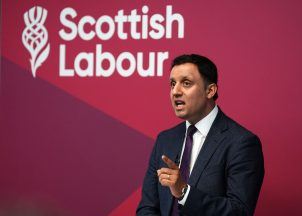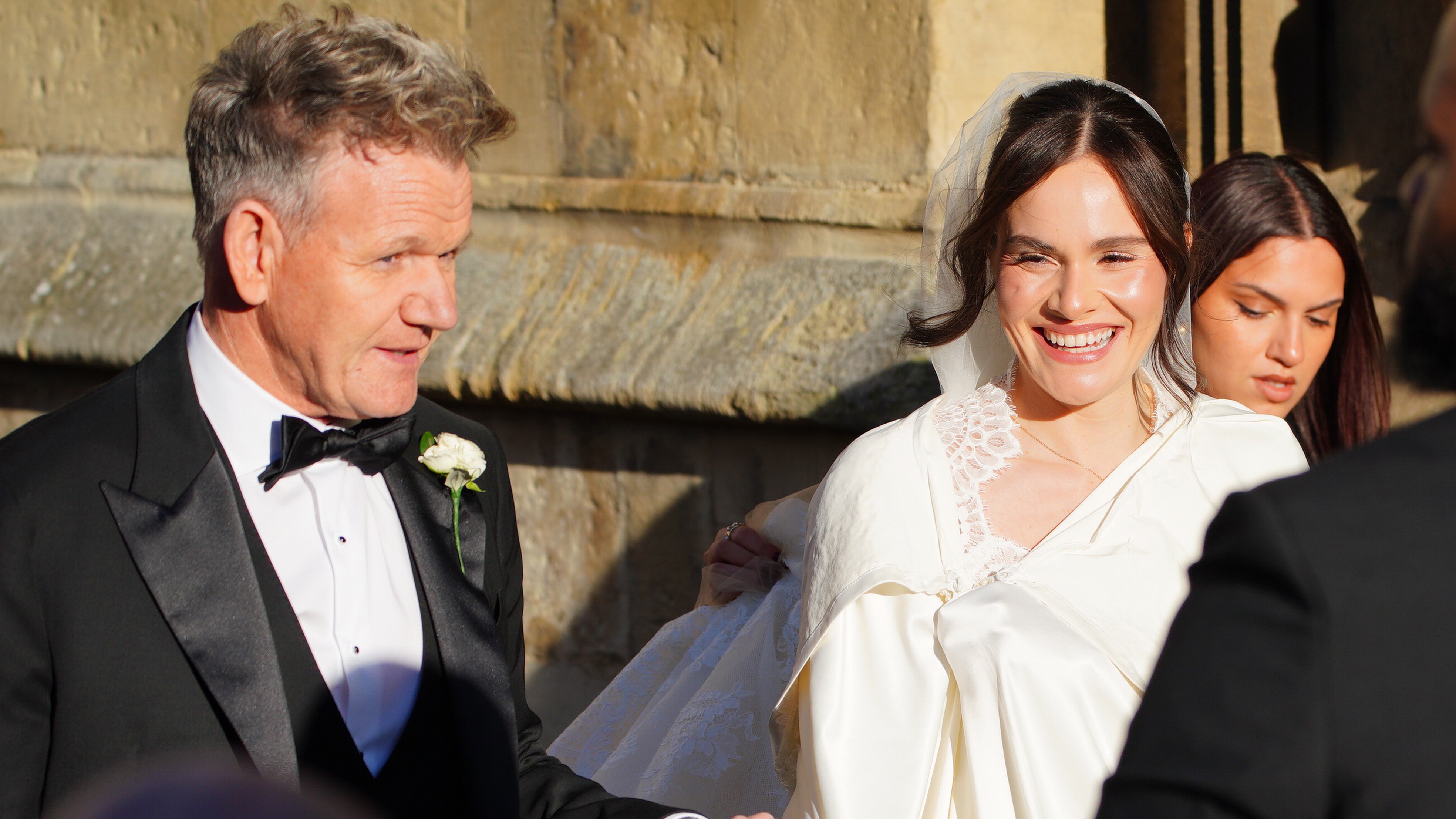The proportion of IVF cycles funded by the NHS in the UK has fallen to the lowest level since 2008, according to a report from the fertility regulator.
Patients are also starting fertility treatment at an older age, which experts suggest could be down to funding issues, waiting times, or a knock-on effect of delays from the Covid-19 pandemic.
The report by the Human Fertilisation and Embryology Authority (HFEA) found fertility treatment numbers in 2022 increased on pre-pandemic levels.
During the year, an estimated 52,500 patients in the UK had IVF compared to 50,000 in 2019.
Some 27% of IVF cycles in 2022 were funded by the NHS, the lowest level since 2008 and down from 40% in 2012, according to the regulator.
HFEA said the number of NHS-funded cycles “continued to vary” across the UK, with a decrease of 17% in England, 16% in Wales and 7% in Scotland between 2019 and 2022.
Regionally, the East Midlands had the steepest decline, from 1,451 cycles in 2019 to 753 in 2022. Yorkshire and the Humber recorded the largest increase at 17%.
For the first time, the average age of first-time IVF patients also passed 35 years.
This is six years older than the average age that women in England and Wales give birth to their first child, which is 29, according to the Office for National Statistics.
The average age of those undergoing donor insemination was 33.6 years, according to HFEA.
Julia Chain, chairwoman of the HFEA, said: “IVF success rates continue to improve, but as the chance of a birth rapidly decreases with age, early access to fertility treatment is crucial for those who need it.
“Our data shows the average age of patients starting treatment for the first time is now nearly six years older than the average age at which women in England and Wales gave birth to their first child.
“There are several possible factors for this, including the knock-on effect of delays across the NHS due to the Covid-19 pandemic, particularly in gynaecology, which has likely led to delays in some patients accessing fertility services.
“The higher average age may also relate to difficulty in funding fertility treatment, owing to recent increases in the cost of living, a fall in the proportion of NHS-funded IVF cycles and increased waiting times for further investigations before accessing NHS-funded treatment.”
The overall pregnancy rate from IVF using fresh embryo transfers and patient’s own eggs climbed from 21% per embryo transferred in 2012 to 31% in 2022.
Those aged 18 to 34 had the highest pregnancy rate per embryo transferred at 42%.
Pregnancy rates among patients aged 35 to 37 increased from 22% in 2012 to 34% in 2022, and from 17% to 26% for patients aged 38 to 39.
In patients aged 40 to 42, pregnancy rates per embryo transferred increased from 10% in 2012 to 16% in 2022.
The average birth rate following IVF also increased from 18% to a preliminary figure of 24% over the decade.
The majority of IVF patients in 2022 were in heterosexual relationships and accounted for 90% of the total.
However, there was an 82% jump in the number of single patients undergoing IVF, from 1,953 in 2019 to 3,548 in 2022.
Half of patients who underwent donor insemination were also single, while 41% were in female same-sex relationships.
Ms Chain added: “Fertility treatment is not a guarantee of having a baby. It is important to seek advice about fertility issues so that, if treatment is needed, patients can access it as soon as possible to reduce delays.
“Early contact with a GP and referral to a fertility clinic, if needed, will help ensure the chances of success are as high as possible.”
An NHS spokesperson said: “While these decisions are legally for local health commissioners, it is absolutely right that they provide equal access to services according to the needs of people within their areas.”
Follow STV News on WhatsApp
Scan the QR code on your mobile device for all the latest news from around the country


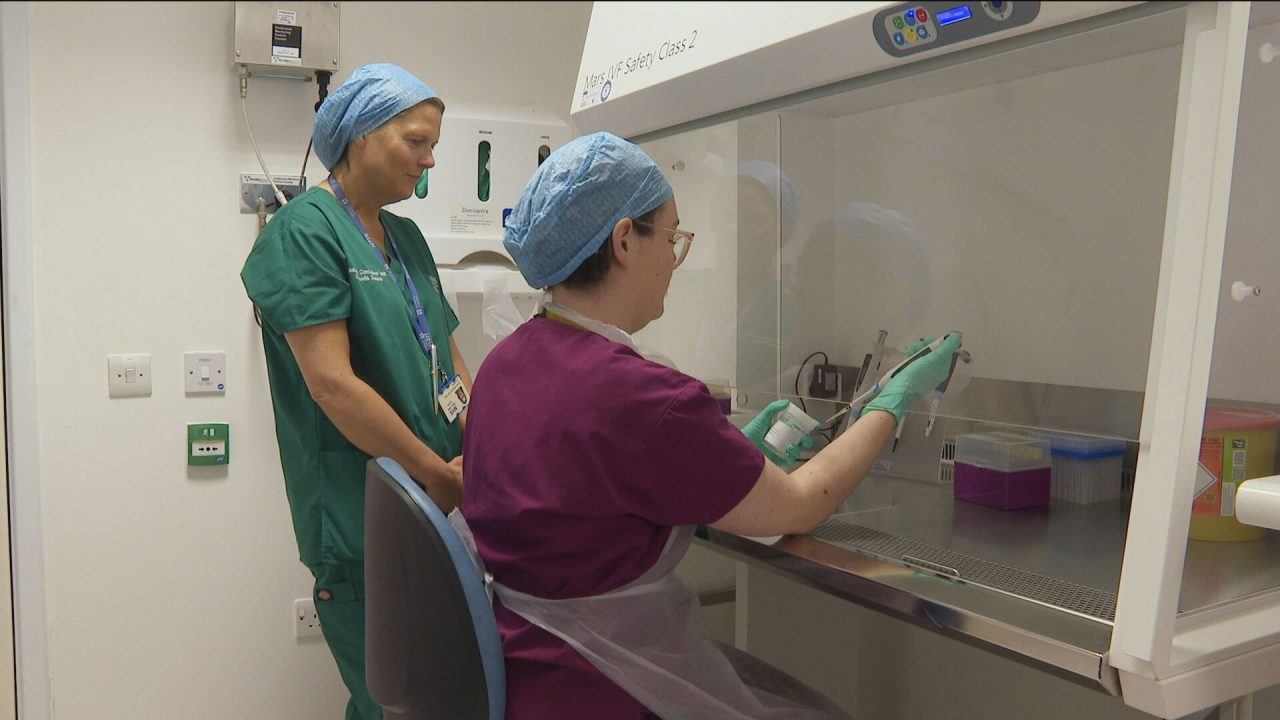 STV News
STV News

